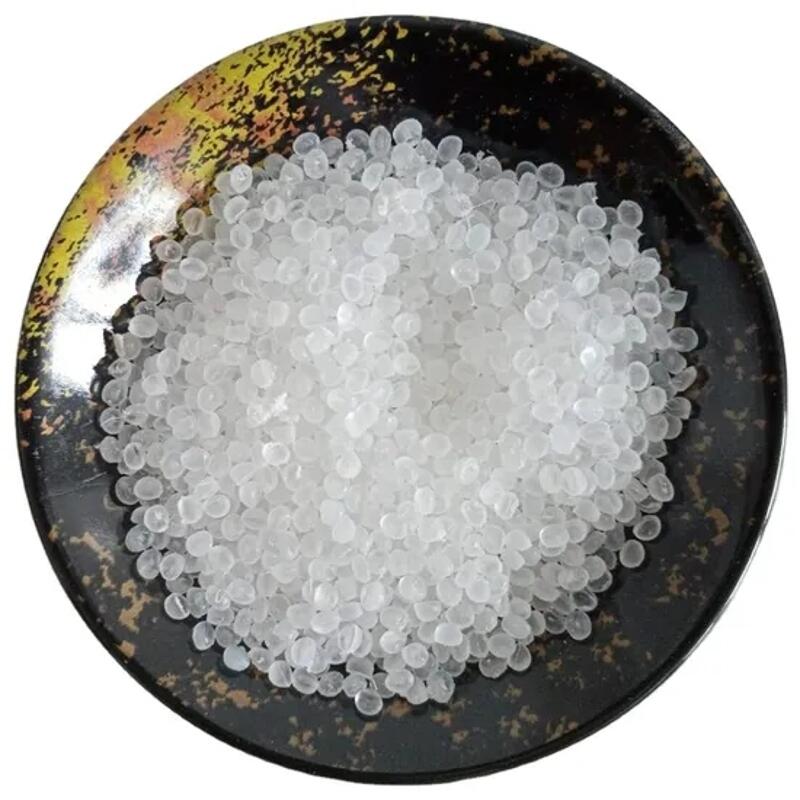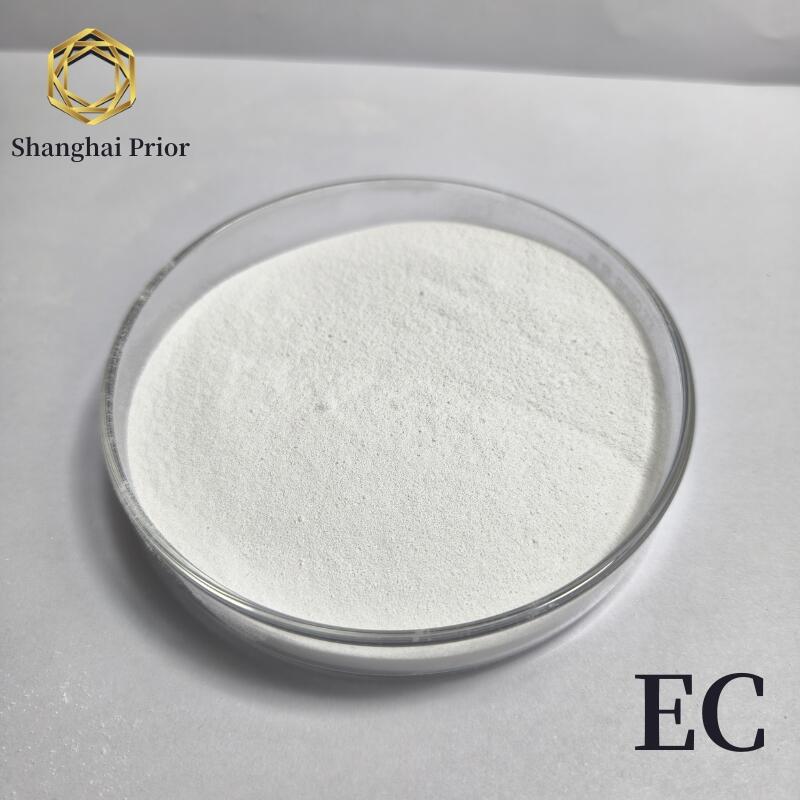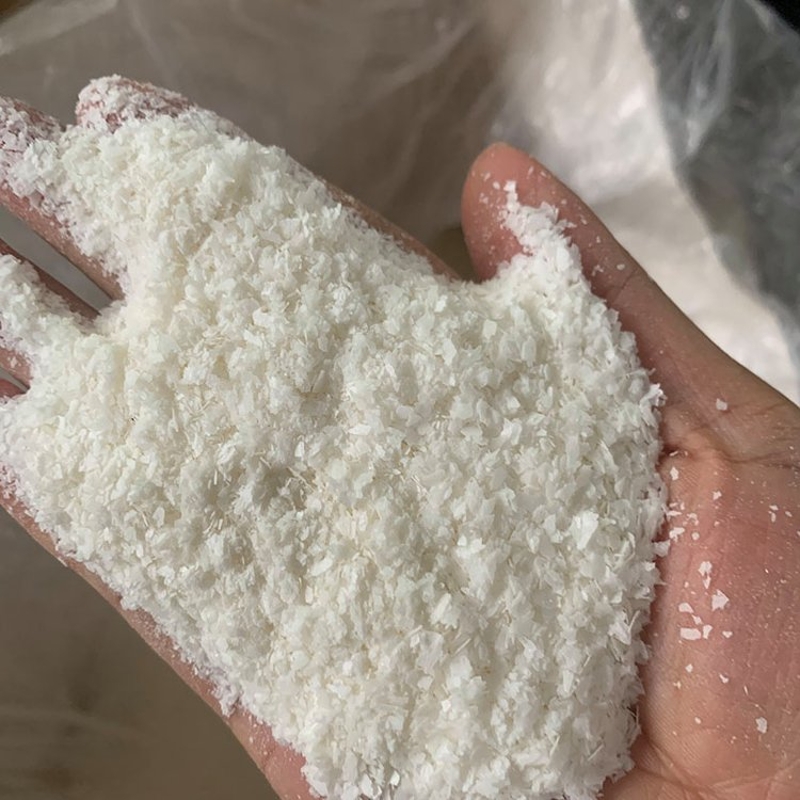-
Categories
-
Pharmaceutical Intermediates
-
Active Pharmaceutical Ingredients
-
Food Additives
- Industrial Coatings
- Agrochemicals
- Dyes and Pigments
- Surfactant
- Flavors and Fragrances
- Chemical Reagents
- Catalyst and Auxiliary
- Natural Products
- Inorganic Chemistry
-
Organic Chemistry
-
Biochemical Engineering
- Analytical Chemistry
-
Cosmetic Ingredient
- Water Treatment Chemical
-
Pharmaceutical Intermediates
Promotion
ECHEMI Mall
Wholesale
Weekly Price
Exhibition
News
-
Trade Service
Compared with other ordinary powder coatings (such as epoxy, polyester, etc.
), the melting temperature, baking temperature, and coating process are similar, but the performance (such as chemical resistance and weather resistance) is several times
that of ordinary epoxy and polyester resin powder coatings.
According to the data, its accelerated weather resistance test for 300h, the gloss retention rate is 82% to 90%, and almost no aging occurs; The salt spray test is unchanged for 4000h, and the durability is expected to reach more than 30a, far exceeding the existing weather-resistant powder coatings
.
However, the inherent deficiencies of pure fluorocarbon system powder coatings in terms of adhesion, color filler wettability, etc.
, coupled with its high material costs, make the powder coatings of pure fluorocarbon systems slow to progress in market application and promotion of online coatingol.
com
of coatings.
In view of the disadvantages of pure fluorocarbon systems and from the perspective of cost reduction, this paper adopts the method of combining fluorocarbon systems and polyester systems to study a more cost-effective ultra-weather-resistant powder coating
.
"Formulations & Raw Materials"
Results and Discussion
There are two main reasons why fluorocarbon coatings have super-weather resistance: For organic polymers used outdoors, when they absorb a photon with an energy greater than their chemical bonding energy, they can cause bond breakage, so that the compound is destroyed
.
C-F bond length is 0.
135 nm, the corresponding covalent bond energy is 543.
6KJ/mol, the bond energy has been close to the largest energy in ultraviolet light (200nm), equivalent to the energy of 220nm photons, and light greater than 220nm in the proportion of all ultraviolet light is very small
.
The possibility of C-F bond failure in the range of visible to ultraviolet light is extremely small, that is, it is difficult to degrade fluorocarbon polymers; In addition to the introduction of fluorine atoms into the polymer as described above, the C-F bond with high bond energy completely protects the C-C bond with low bond energy, which makes the FEVE fluorocarbon resin highly weatherable and chemically resistant
.
In principle, the proportion of fluorocarbon resin and polyester resin composite is the key to affect its weather resistance, choose the appropriate composite ratio, so that the fluorocarbon system and polyester system complementary and mutually optimize, can not only improve the wetting performance of the fluorocarbon system, improve adhesion, improve its mechanical properties, but also make up for the weather resistance
of pure polyester system.
Selection of fluorocarbon resins
The 2# and 5# experiments compared the performance of the two fluorocarbon resins, and the technical parameters of the two resins were very close to the same, but the results obtained were somewhat different
.
The reason may be that the F atom on the main chain and other group atoms in the molecular structure of the fluorocarbon resin are not arranged in a regular ABAB or the F atom is not connected to the C-C main chain, and the F atom cannot play a "shielding role" on the C-C chain in the molecule, so that the alkali resistance of the configured coating has also decreased
.
Through the above comparison, fluorocarbon resins with better alkali resistance were selected1
.
Experiment 1#-4# mainly compares three types of isocyanate curing agents, and Recipe 1# selects hexamethylene isocyanate (HDI).
The test results showed that its impact performance was relatively excellent, but the alkali resistance was the worst
in the 4 groups of formulas.
Recipe 2# uses a hexalactam-terminated dimer isosphalone diisocyanate (IPDI), which is the best in both impact and alkali resistance
.
Formulations 3#, 4# both use trimer IPDI, considering its self-enclosing structure, Recipe 4# added organotin catalyst (DBTL), the two formulations have similar performance, the overall performance is average
.
Compared with the externally enclosed IPDI, the internally enclosed IPDI has a higher softening point and a large gap
with fluorocarbon resin because it is a trimer.
The importance of solving the compatibility of fluorocarbon systems has been discussed earlier, and the large difference in softening points between the two will inevitably lead to the weakening of compatibility, which will affect the coating performance
.
It is also understandable that after the addition of the catalyst, the coating performance has not improved
.
In summary, the externally enclosed IPDI with good compatibility and chemical resistance was selected as the curing agent
of the fluorocarbon system.
Selection of different proportions of fluorocarbon resin to polyester
From the experimental data of Table 3, it is not difficult to see that the addition of polyester resin significantly improves the defects in adhesion and mechanical properties
of pure fluorocarbon systems.
At the same time, the addition of fluorocarbon resin significantly improves the weather resistance and alkali resistance of the polyester system
.
In the fluorocarbon-polyester composite system, with the change of the ratio of fluorocarbon/polyester, its weather resistance is proportional to the proportion of fluorocarbon within a certain range, and when the proportion of fluorocarbon increases to a certain limit, its weather resistance is no longer improved
.
In the composite system, the composite ratio of fluorocarbon/polyester is 1:1, and its weather resistance is better
.
Effects of pigments
The experimental results of Table 4 show that under the same conditions, the light preservation and color preservation of inorganic ceramic pigments are significantly better than ordinary inorganic pigments and organic pigments and aluminum pigments
.
Inorganic ceramic pigments are not affected by sunlight, chemicals and heat intrusion
.
They are also compatible with fluorocarbon-polyester composite systems, and their great inertia prevents migration from the coating
.
Therefore, in fluorocarbon-polyester composite systems, inorganic ceramic pigments are preferred in the choice of pigments
.
Effects of coating conditions
Fluorocarbon-polyester composite powder coatings have high requirements for plate pre-treatment, and are generally used for aluminum spraying
.
Before construction, it is necessary to ensure that the aluminum plate is cleaned and passivated
.
Fluorocarbon powder coating spraying process is similar to general powder coating, can be used electrostatic spraying method, spraying thickness control at 50-70um, at 200 °C / 15min baking curing can be
.
epilogue
Compared with other coatings, fluorocarbon coatings have excellent weather resistance in addition to their chemical resistance, which is also incomparable to conventional coatings; Moreover, the reason why fluorocarbon resin has excellent performance in the above two aspects is due to the high health and shielding effect of fluorocarbon bonds, so we believe that the weather resistance and chemical resistance of fluorocarbon are corresponding
.
At the same time, the introduction of the polyester resin system solves the wettability defects of the pure fluorocarbon system and improves the mechanical properties
of the coating.
Through the above research, it is found that the composite of fluorocarbon resin system and polyester resin system can not only overcome the inherent deficiency of pure fluorocarbon system in adhesion and pigment wetting, but also improve the weather resistance of pure polyester system, and prepare a cost-effective super weather-resistant powder coating
.
At the same time, through the screening and research of pigments, optimize the formula, and select inorganic ceramic pigments as pigments for fluorocarbon-polyester composite systems to improve their weather resistance
.







